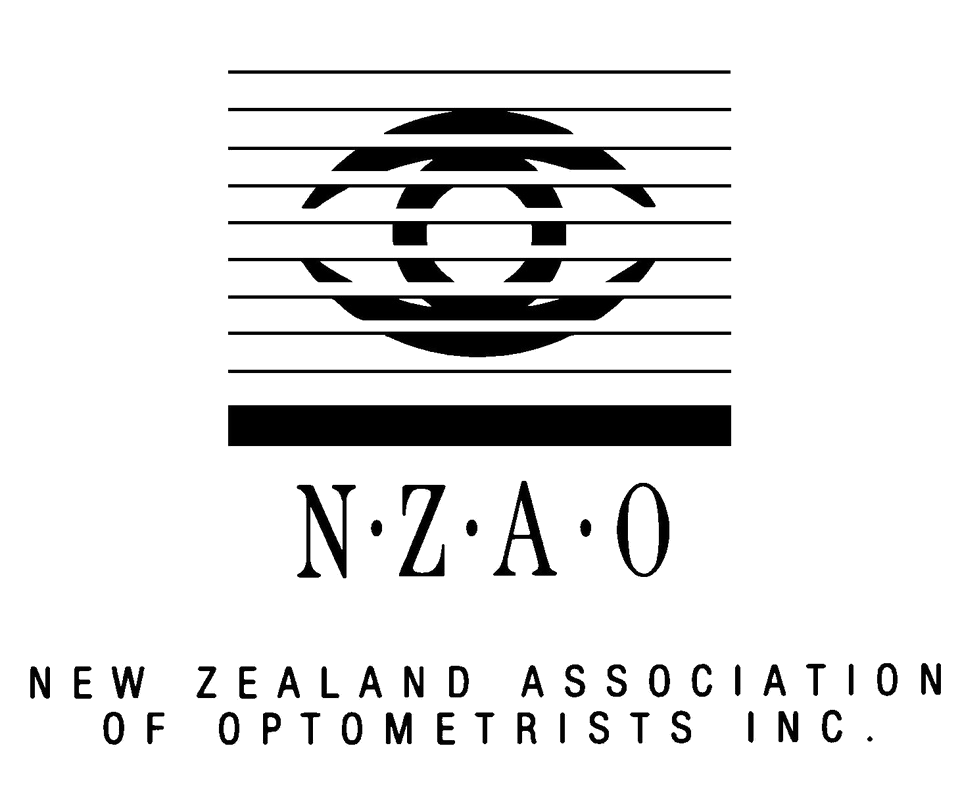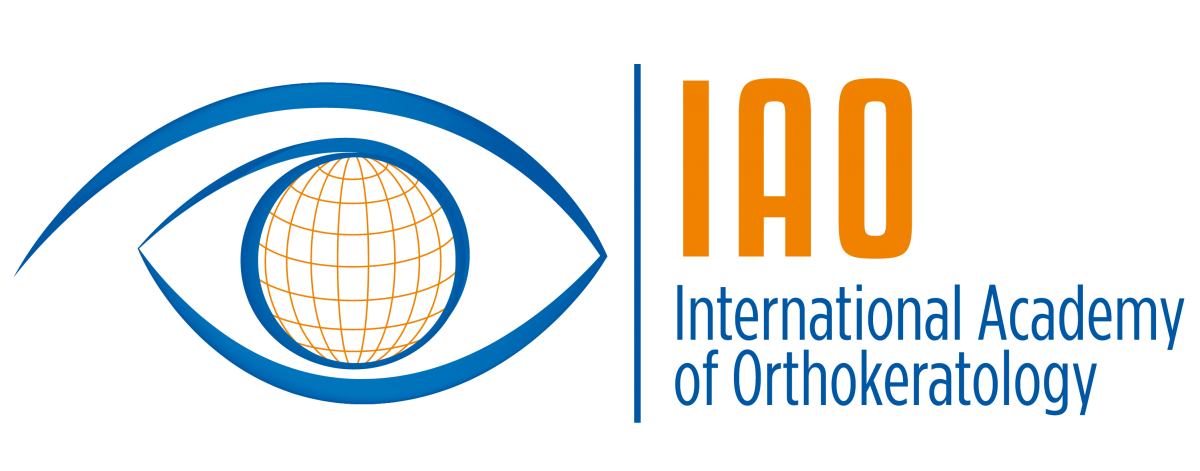How recent is orthokeratology corneal reshaping?
The idea of corneal molding to correct myopia may have originated thousands of years ago when the Chinese used bags of sand resting on their closed eyelids to improve their vision. Modern orthokeratology has been around since the middle of the 20th century; however, this process originally took a long period of time, was unreliable, and compromised the healthy physiology of the eye. In the past 15 years, orthoK has reached a safe and predictable level. This is made possible with technological advancements to how we measure the shape of an eye, how accurately we can create contact lenses and how well new contact lens materials allow the eye to 'breathe' during wear.
Is your optometrist experienced with prescribing orthokeratology lenses?
Our optometrist Mr Alex Petty has been fitting orthokeratology lenses since 2009. Since then he has looked after hundreds of people who happily wear this lens type. He one of only 3 New Zealanders who are fellows of the International Academy of Orthokeratology (FIAO), an elite group of experienced orthokeratology practitioners.
Are there age restrictions for orthokeratology corneal reshaping?
There is no age limit for orthokeratology: children as young as six have been successfully and safely treated with these lenses by the optometrists of Bay Eye Care. As orthokeratology has been shown to slow the progression of myopia (short-sightedness), it is one of the most common methods of vision correction in teenagers and pre-teens in our practice.
I am over 40 years old. Can orthokeratology lenses help with the blur that I notice when reading?
It certainly can. A large proportion of our patients are adults who use orthokeratology to decrease their dependence on using reading glasses. Orthokeratology lenses are a great option for adults as orthokeratology lenses do not dry out the eyes like soft contact lenses and can be designed to give both distance and near vision.
Can the orthokeratology contact lenses damage my eyes?
Any contact lenses have the potential to damage your eyes or cause an infection. However, research shows that the rate of infection when using orthokeratology lenses is less than half as soft contact lenses designed for overnight wear. Correct hygiene, lens care regimes and replacement of lenses every year minimises the chance of any complications with orthokeratology lens wear. We have had no incidences of corneal infection in our orthokeratology patients. If the lenses are fitting poorly there is a chance long-term wear may harm your cornea. Our lenses are designed with computer software, rather than just taken out of a case and fitted with trial-and-error, making them far more likely to fit safely from the first lens.
How different are the orthokeratology contact lenses from soft disposable lenses?
Orthokeratology contact lenses are made from a specially designed highly oxygen-permeable rigid material that is quite different to soft contact lenses, making handling quite different. Although they appear like RGP hard contact lenses, the design is quite different on the back surface of the lens to enable programmed reshaping of the front surface of your eye.
Can I see with my orthokeratology contact lenses in?
Yes. One of the great features of orthokeratology lenses is that if you get up in the night, you will be able to still see reasonably well. We do not recommend extended day-wear, however, as this may compromise your eye health eventually.
Do I need to wear my orthokeratology lenses every night?
During the initial period of therapy you will need to wear your lenses every night to ensure you have clear vision during the day. As your correction stabilises you may be lucky enough to get great day time vision by wearing the lenses only every second night! Patients with higher prescriptions before orthokeratology and those patients using orthokeratology to slow the progression of their short-sightedness should wear their lenses every night for optimum treatment.
What will happen if I forget to wear my lenses for a night?
Because the cornea slowly starts to change back to its pre-treatment shape after the lenses are removed you are likely to find your vision is a little blurrier after a night without lens wear. For most patients with high prescriptions they may require low-powered spectacles or soft contact lenses for daytime wear if this is a regular occurrence.
How long does it take to reach good vision?
Most patients have rapid improvement in the first few days of therapy. Generally 50-70% of the required correction is achieved after only the first night’s wear. Optimum, stable vision will generally require up to 10-14 days of treatment depending on the prescription.
Will my vision decrease throughout the day?
During the initial few weeks of treatment most patients may find their vision is a little worse in the evenings or in dim light. However after the corneal shape has stabilised there is very little change to vision noticed by patients during their waking hours. In most cases we deliberately over-correct your prescription at the point of waking so that as the corneal shape slowly alters during the day you can still see well. Some patients with very high prescriptions using orthokeratology may still notice some change to their vision at the end of the day which can be helped with low powered spectacles or daily soft contact lenses.
How often will I have to replace my orthokeratology contact lenses?
We recommend replacing your orthokeratology lenses every 12 months. This is to maximise the quality of the corneal molding, as wear and tear on the back surface of the lens compromises its effect over time, and to decrease the chance of infection or inflammatory events from using an scratched or dirty lens. You should bring your orthoK lenses to each 6 month follow-up appointment so that your optometrist can examine them under the microscope to check their condition.
What if my driver’s license says I must wear glasses for driving?
Your driver’s licence may state that corrective lenses are required for driving. Your optometrist can write a letter explaining that you are treated with a vision correction treatment that eliminates the need for corrective lenses while you are operating a motor vehicle. If driving you should ensure that you use your orthokeratology lenses the night before.
I live a long distance away and will struggle to make all required appointments. Can I still have orthokeratology?
Regular appointments are very important when starting orthokeratology to ensure the best vision and eye health. We can, however, accommodate for long-distance patients in a number of ways, including extended appointments where the lenses are trialled during the consultation rather than a morning-after appointment following a night's wear. This is assessed case-by-case by your optometrist.
Why should I not just get laser vision correction?
The cost of orthokeratology vision correction is roughly a third of the cost of laser vision correction. It also is completely reversible and does not have the potential to worsen your dry eyes to the same extent as laser correction. As patients reach their mid-forties and start needing help for their near vision orthokeratology therapy can be modified to give clear vision at all distances without a pair of glasses, unlike a one-off laser procedure.
How long does the myopia control effect of orthokeratology last?
There should be a myopia control effect as long as your use your orthoK lenses. There is no research or anecdotal reports of patients ‘rebounding’ after stopping their orthokeratology contact lens wear. It is expected that patients who start orthokeratology contact lens wear for myopia control continue to use these until their late teens when myopia tends to stabilise. The decision to stop orthokeratology should be made with your optometrist, with your prescription and eye length closely monitored for possible regression. Of course most patients are so happy with their orthokeratology lenses that they continue to wear them well into adulthood!
What does it cost to get fitted with orthokeratology lenses?
The consultation package to get fitted with orthokeratology lenses at Bay Eye Care is $990 for standard prescriptions and $1190 for complex cases (high prescriptions or irregular corneal shapes). This covers all appointments within a 6 month period and a starter pack of solutions. Custom designed orthokeratology lenses cost $550-$600 each depending on their design.
To summarise for standard eyes with a low prescription this up-front cost is $2090. For a more complex case this will increase to a maximum of $2390.
Lenses should be replaced yearly. The cost for a replacement lens is 75% of the full charge, or half price if purchased as a spare within 3 months of the original lens order. If your lenses need to be redesigned in the future the refitting consultation package is reduced to $550 (newly designed lenses will be the full price however).
How do I get started?
A full eye exam at Bay Eye Care is necessary prior to starting orthokeratology, even if you have had a recent eye examination at another optometrist. Several aspects of your eyes including health, vision and corneal shape will have to be assessed to establish if your eyes are suitable. If in the last 12 months you have had a full eye exam with Bay Eye Care, you may just need a measurement of your corneal shape and a quick discussion with your optometrist to see if orthokeratology corneal reshaping is right for you. Please contact us to arrange an assessment if you are interested.






